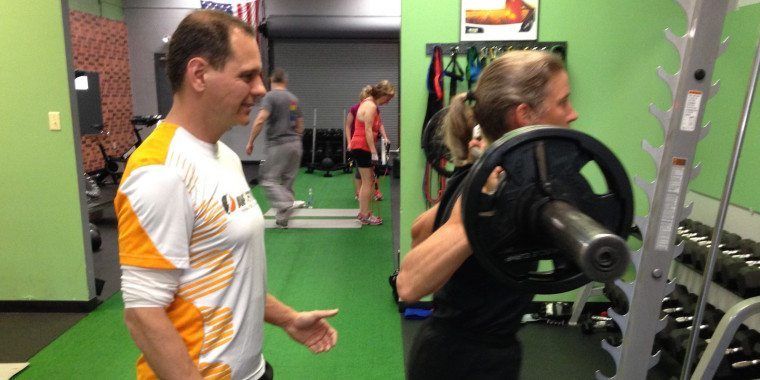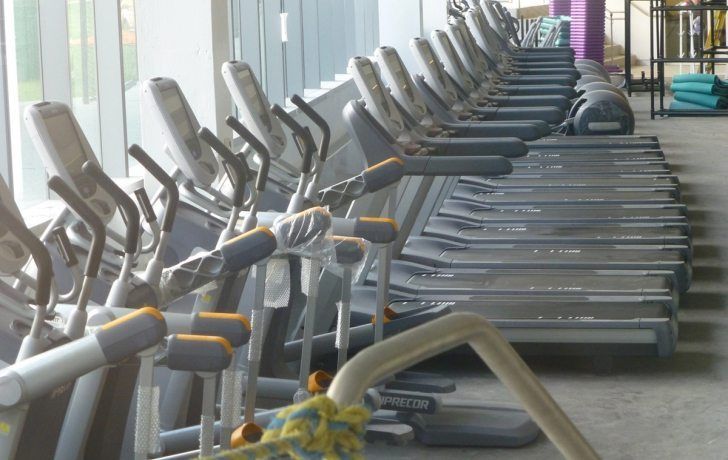High intensity interval training is gaining in popularity. Commonly referred to as HITT workouts, this type of training involved repeated bouts of high intensity effort followed by varied recovery times.
The workout periods can range from five seconds to eight minutes long, and are performed at 80 to 95 percent of a person’s estimated maximum heart rate. The recovery periods may last as long as the workout periods, and are usually performed at 40 to 50 percent of the maximal heart rate. Workouts continue, alternating work and relief periods, for 20 to 60 minutes.
According to the American College of Sports Medicine, HITT training has been shown to improve:
aerobic and anaerobic fitness
blood pressure
cardiovascular health
insulin sensitivity
cholesterol profiles
abdominal fat and body weight while maintaining muscle mass
Why is HIIT so popular?
HIIT workouts can easily be modified for people of all fitness levels and conditions, and can be performed on all exercise modes, including cycling, walking, swimming, aqua training, elliptical training and in group classes.
In addition, HITT workouts provide fitness benefits that are similar to continuous endurance workouts, but in shorter periods of time. This is due to the workouts burning more calories than traditional workouts, especially once you are finished. The post-exercise period is known as EPOC, which stands for excess post-exercise oxygen consumption. This is generally about a two-hour period after a workout where your body is restoring itself to pre-exercise levels and using more energy.
Because of the vigorous nature of HITT workouts, the EPOC phase generally tends to add about 6 percent to 15 percent more calories to your overall workout energy expenditure.
How to develop a HITT program
When developing a HIIT program, you should consider the duration, intensity, and frequency of the work intervals, as well as the length of the recovery intervals. Intensity during the high intensity work interval should be greater than 80 percent of your estimated maximal heart rate. Your workout should feel like you are exercising “hard” to “very hard.”
The intensity of the recovery interval should be around 40 percent to 50 percent of your estimated maximal heart rate. This would be a physical activity that felt very comfortable, in order to help you recover and prepare for your next work interval.
The relationship of the work and recovery interval is important. Many studies use a specific ratio of exercise to recovery to improve the different energy systems of the body. For example, a ratio of 1:1 might be a three-minute hard work (or high intensity) bout followed by a three-minute recovery (or low intensity) bout. These 1:1 interval workouts often range about three, four or five minutes followed by an equal time in recovery.
Another popular HIIT training protocol is called the “spring interval training method.” With this type of program, you exercise for about 30 seconds of “sprint or near full-out effort,” which is followed by four to four-and-a-half minutes of recovery. This combination of exercise can be repeated three to five times. These higher intensity work efforts are typically shorter bouts (30 seconds with sprint interval training).
How Often Can You do a HIIT Workout?
HIIT workouts are more exhaustive then steady state endurance workouts. Therefore, a longer recovery period is often needed. Perhaps start with one HIIT training workout a week, with your other workouts being steady state workouts. As you feel ready for more challenge, add a second HIIT workout a week, making sure you spread the HIIT workouts throughout the week.
For more information on incorporating a HITT workout into your exercise routine, call us at 216-831-3674 or email us at
info@ampfitness.com.












